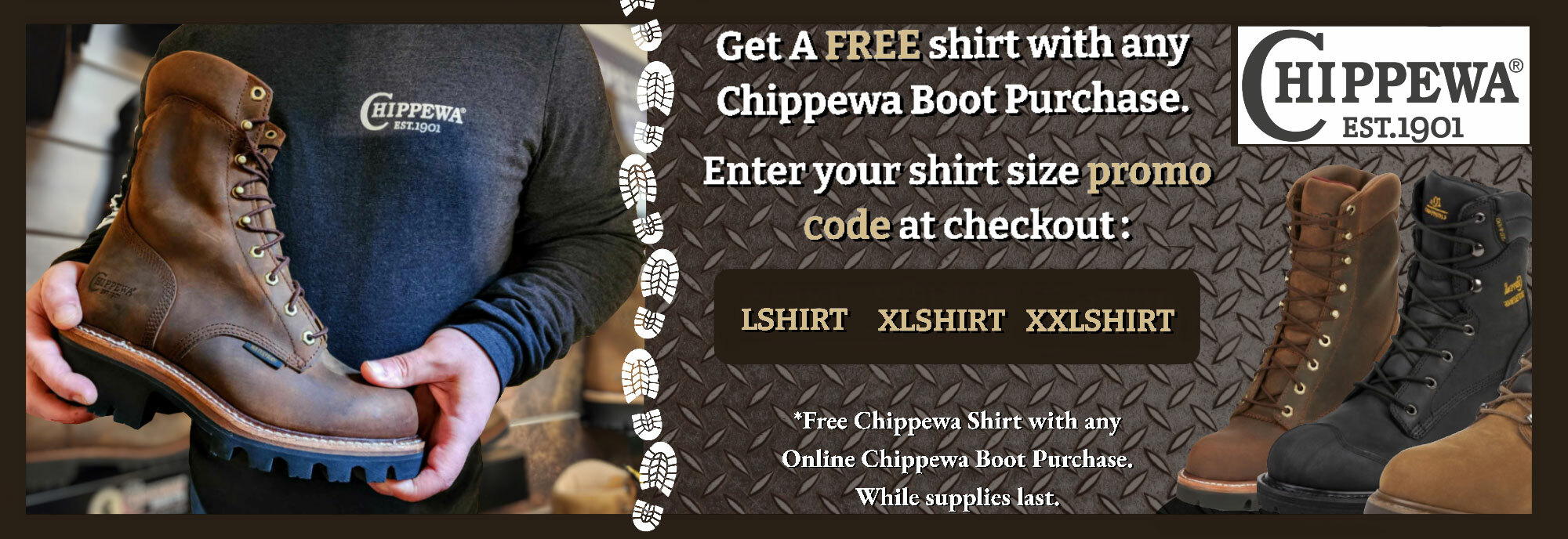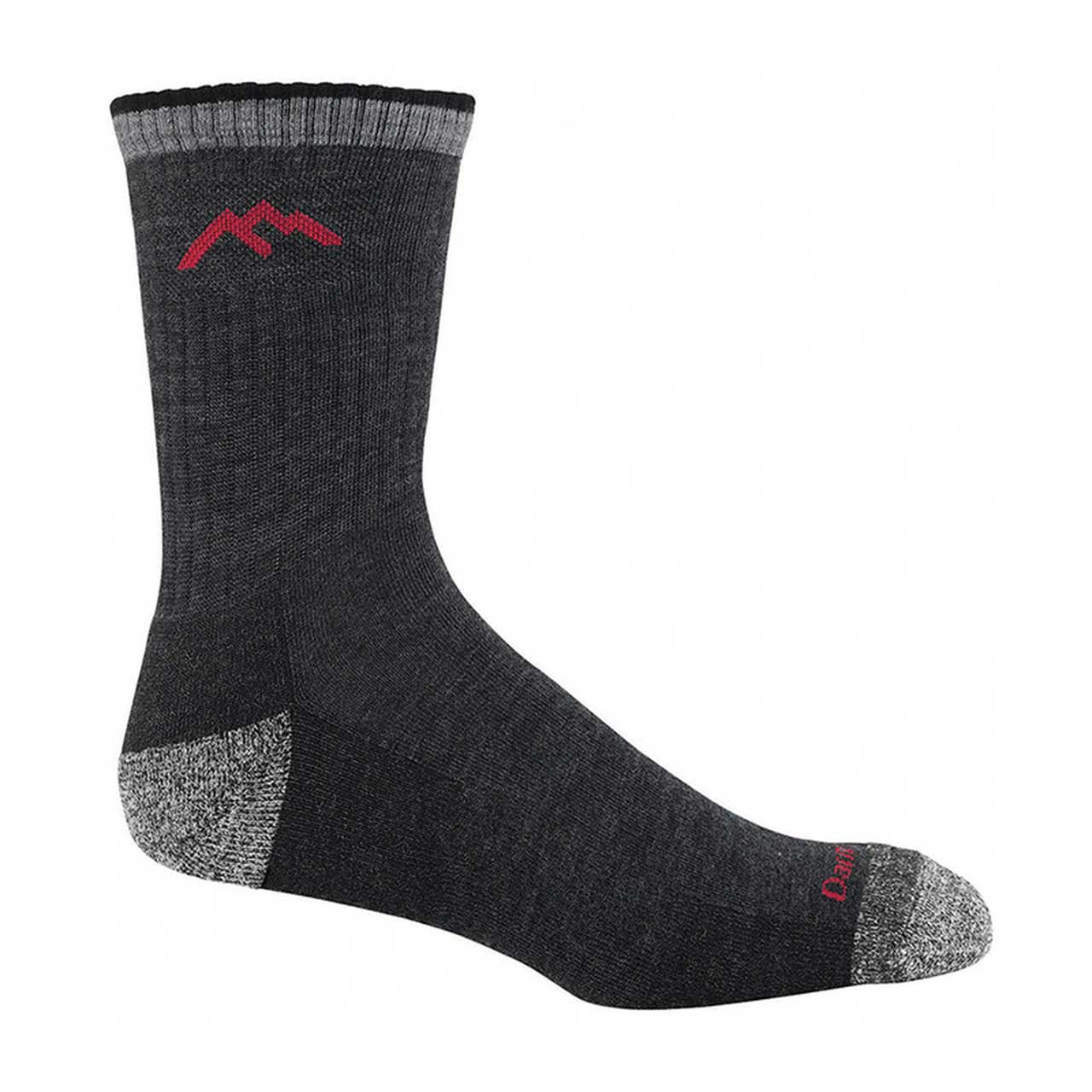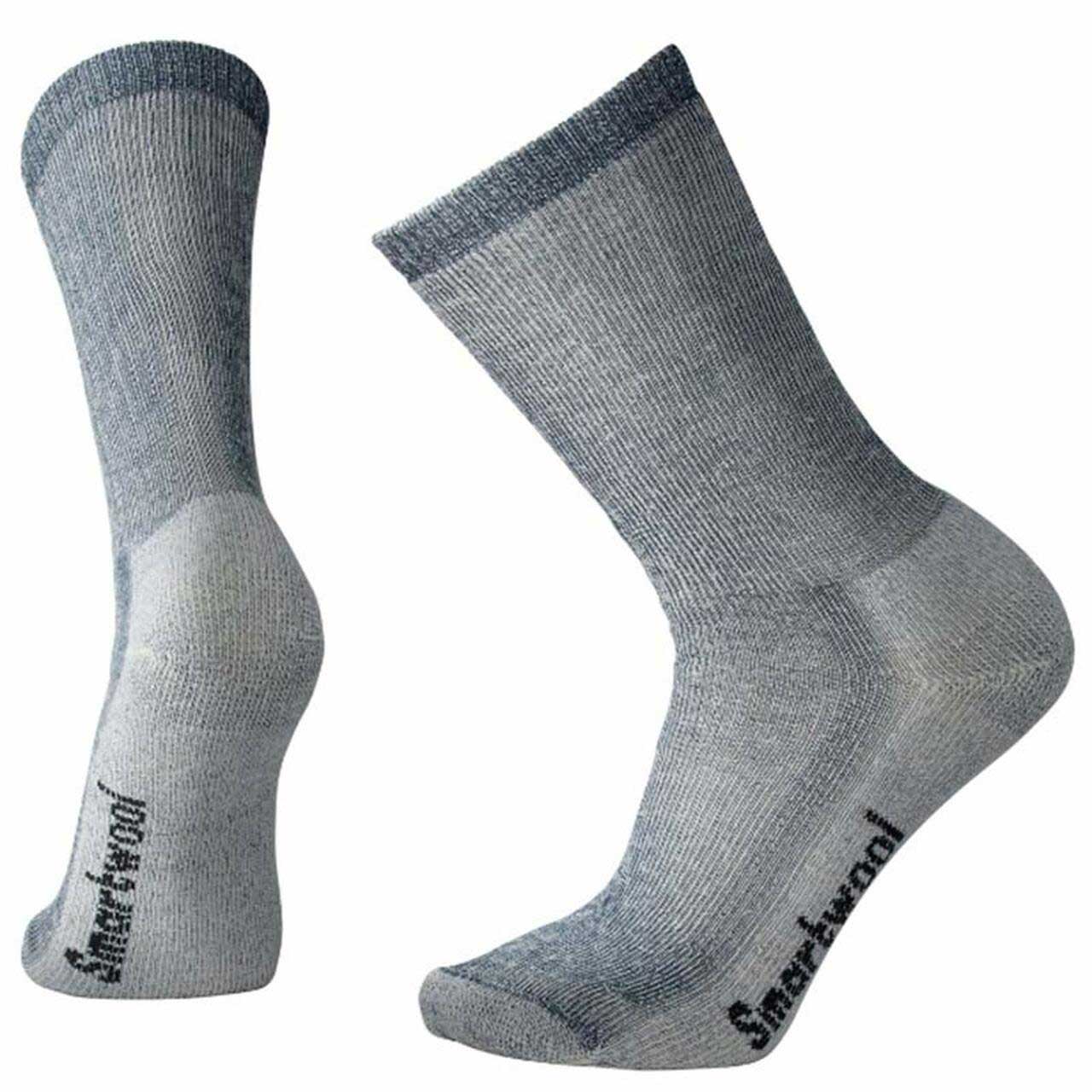Expert Guide to the Best Shoes for Athlete's Foot
Posted by Cara Spindler on Sep 11th 2023
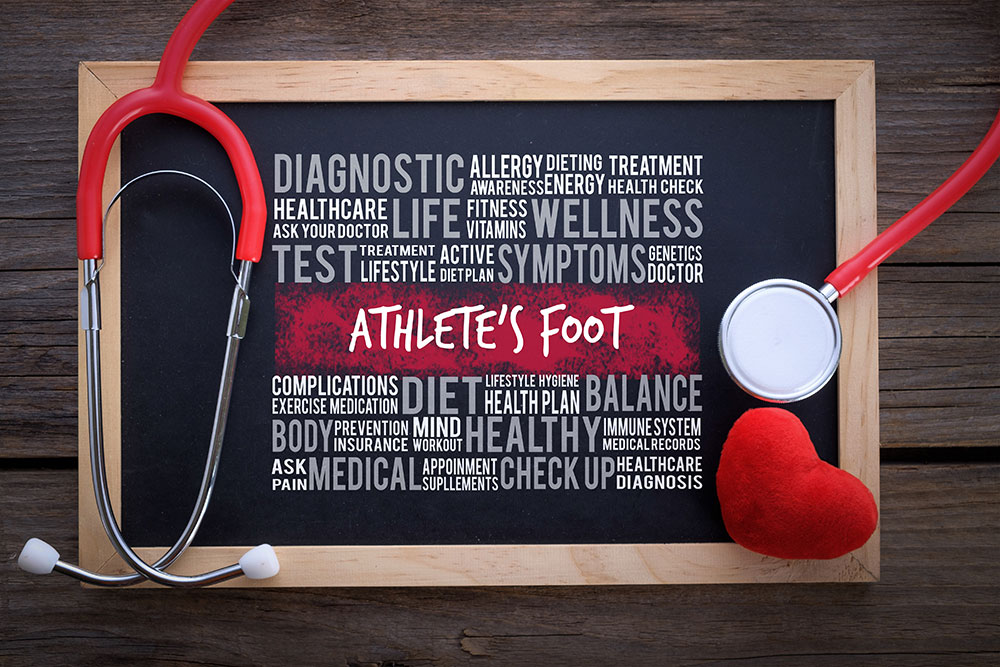
Athlete's Foot and Your Shoes
Athlete's foot is a contagious fungal infection that usually develops on the feet, deep between the toes. It usually first materializes as cracked and peeling skin.
If your hands or fingers come into contact with it, especially if you are prone to scratching or picking at it, it can easily spread to other parts of your body.
Athlete’s foot is akin to other afflictions; such as Jock Itch and Ringworm, and in some cases, it can lead to serious bacterial infections. In most cases, Athlete’s Foot is not serious unless you are diabetic, or have a weakened Immune System, making you susceptible to open cuts and sores on the feet.
While it’s true that Athlete’s Foot is very common among athletes due to their high intensity training and their sharing of common showers and locker rooms (hence its name) it is also very prevalent among the general public, whether or not they engage in athletic activities.
Athlete’s Foot Symptoms
There are tell-tale signs of having a fungal infection on your feet. While feet may feel itchy within your footwear, the itching can be more intense when you first take off your shoes or work boots. The following are the top signs and symptoms of Athlete’s Foot:
- Cracked, peeling skin between the toes
- Stinging or burning sensations between the toes
- Itchiness, intensifying once you take off your shoes
- Dry scaly skin on the sides and the soles of the feet
- Raw open areas between the toes
- Itchy Blisters on feet or hands caused by an allergic reaction to the fungus
- Thick discolored toenails pulling away from the nailbed
If you notice these symptoms have developed, it is important to learn about its causes as soon as possible, so you can treat it and stop it from spreading. It is also important to figure out if it is your shoes and socks that are causing it and if so, how to choose the proper footwear and socks that may prevent it.
What Causes Athlete’s Foot?
Athlete’s Foot thrives in moist warm conditions. If you are active, your feet will just naturally emit some moisture. Athletes who train hard will find their feet will sweat a lot causing a build-up of dampness in their socks and shoes.
However, there are many people who are non-athletic, that have feet that sweat a lot in general, even when not being extremely active. Not only does this bring on the issue of having to deal with developing foot odor, they will also be more at risk of developing this fungal infection than other people.
Is Athlete's Foot Contagious?
Athlete’s Foot can be extremely contagious, and there are a number of ways it that it can spread across your body, as well as to other people around you.
If you have determined that you are suffering with Athlete's Foot, you must be careful to avoid touching the affected areas. Scratching one foot with the other may cause it to spread to the other foot. Itching the feet with your fingers or hands, and then touching other parts of your body, may cause it to spread there as well.
Other places that Athlete’s Foot may easily spread to are the warm moist areas of the body, like the groin area, or the armpits. It can even spread further across the feet, causing the fungus to develop under the toenails.
How Athlete’s Foot Spreads to Other People
Athlete’s Foot is contagious, and anything that touches the fungus can transmit to others if they happen to touch the same thing.
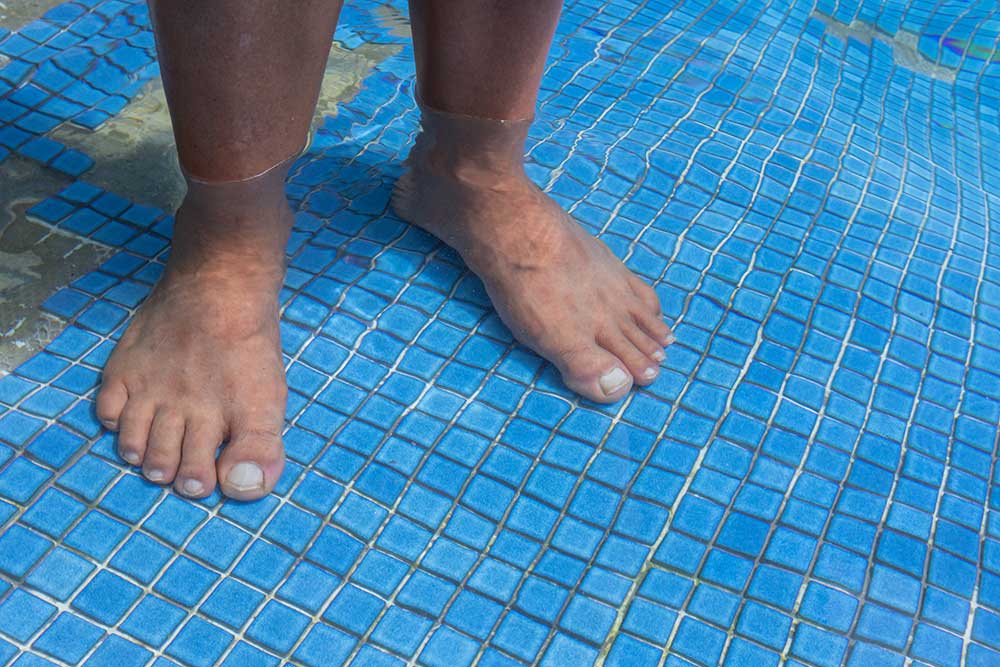
Transmissible Surfaces for Athlete's Foot
- Communal Baths and Showers
- Walking Barefoot on Public Flooring
- Locker Room Floors
- Saunas
- Swimming Pool Areas
- Towels
- Bath mats
- Bedding
- Rugs
- Socks
- Shoes
Diagnosis and Treatment of Athlete’s Foot
If you decide to see a doctor to diagnose Athlete’s Foot, they can confirm it just by looking at your feet. If confirmed, the doctor will most likely prescribe a host of home treatments, along with the recommendation of an over-the-counter anti-fungal product. After 3-4 weeks the doctor will re-examine your feet to see if the condition has improved or disappeared altogether.
If the Athlete’s Foot fungus appears to be more severe, the doctor might prescribe a prescription strength cream or ointment, and/or Anti-fungal Pills to be taken orally.
Signs of a progressed bacterial infection, which may spread to the Lymph Nodes are:
- Swelling
- Pus Drainage
- Severe Pain
- Fever
*The Mayo Clinic notes: Diabetics, those who are immunocompromised, or anyone seeing swelling or pus developing in the affected areas, should see their doctor right away.
Athlete's Foot: Home Remedy Treatments
Many people turn to the internet in order to learn about ways to self-treat the symptoms of Athlete’s Foot. This is because most home treatments are very successful at clearing up the fungal infection. Many choose to apply Anti-Fungal sprays, powders, creams or ointments.
Once you understand the causes of Athlete’s Foot and the conditions under which it thrives, you can find common sense ways to alleviate its symptoms and to begin to get rid of it altogether. Using Home Treatments average showing results within 2-4 weeks time.
Common Home Remedies for Athlete’s Foot
- Washing Feet 2 x a Day
- Gently Towel-Drying Between the Toes
- Using Medicated Powder
- Applying Over-the-Counter Anti-fungal Medications
- Soaking Feet in Cool Water 10-15 minutes
- Soaking Feet in Salt Water to Dry up Blisters
- Soaking feet in 1 Part Vinegar to 2 Parts Water to Dry up Blisters
- Wearing Sandals to Air Feet Out
- Changing Socks 2x a Day
- Washing Socks in Hot Water of at Least 140 degrees
- Watered down Bitter Orange Oiled rubbed in 3 x day
- Tea Tree Oil 2x day
While walking barefoot is recommended by some as a good way to allow feet to air out, it can create transmission via the flooring in your house. Therefore, you should opt for open air sandals instead.
Best Footwear and Socks for Athlete’s Foot
Because Athlete’s Foot is brought on by warm, damp environments, your shoes and socks may actually be the cause behind the development of this fungus infection.
Choosing the proper footwear is not complex if you understand why the proper fit matters.
Wear Work Boots and Shoes that are Non-Restrictive.
Tight binding shoes cramp toes together and do not allow heat and moisture to evaporate off the foot, nor dissipate from the footwear. As a result, the moisture is held within the toe box area and moisture can easily build up between the toes, creating a warm, damp environment in which fungus will vigorously grow. Having naturally sweaty feet will only contribute to this condition.
Extra Room in the Toe Box Area is Crucial.
In the hotter summer months, this extra room accommodates the natural swelling of the feet that occurs over the course of the day. In the colder winter months, the extra space around the foot serves as insulation; it is a space for your body heat to build up, surrounding the toes to help keep feet naturally warm.
This extra breathing room in your footwear allows sweat and moisture a place to move away from the feet. But in order to do that, you need to be wearing the proper socks to first wick away the moisture, along with wearing breathable footwear made from materials that encourages this moisture to evaporate and escape from the work boots or shoes.
Choose Breathable Footwear
When selecting shoes, find high quality styles with uppers made of non-synthetic materials. Choose ones with uppers made of breathable mesh, canvas or leathers. Work Boots should have moisture wicking linings to reduce the risk of developing Athlete's Foot. If you need insulated work boots, choose styles that are engineered with Internal Waterproof Membranes. They will seal external water out of the boots from rain or snow, yet still allow any built-up of moisture from within the boots; such as sweat or dampness to evaporate and escape from the boots.
Staying Dry Matters
One option to keep your foot's environment dry is to alternate the wearing of your footwear. After you remove your shoes or boots, let them air out for at least 24 hours and wear a different pair of shoes or boots the next day. Removing the insoles as well, aids in this regard. Many people, especially workmen and women choose to invest in an electric boot dryer, which can speed up the process if you need to wear your footwear on a daily basis. Regardless of the method you choose, it is wise to never wear the same pair of socks the following day. Placing a fresh clean pair of socks on every morning will help to clear up Athlete's Foot fungus faster, and also help to inhibit new growth in the future.
Measuring for Success
To assure that your footwear has the adequate breathing room needed to stave off Athlete’s Foot, always have your feet professionally measured every time you purchase a new pair of shoes or work boots.
Feet will change overtime due to weight loss or weight gain, due to flattened or fallen arches, and even due to pregnancy and body injuries. You may discover that to achieve the extra room you need, you should choose work boots or shoes with a wider width. Measuring your feet with an old-world Brannock type device can determine the proper length and width and even the arch support that you need.
Moisture Wicking Socks
Merino wool is now blended into most well-made socks that are out on the market today. Merino wool has exceptional moisture-wicking properties. Merino wool is taken from Merino Sheep. And unlike the “clunky wool socks” worn by your grandparents, Merino wool is very soft and very thin, making them super comfortable and completely non-itchy.
Look for popular brands such as Smartwool, and the Vermont-made Darn Tough socks. They will absorb dampness off your feet even while doing strenuous activities such as hiking, running, or wearing them to do labor intensive work. Because they are made from wool, they will naturally regulate your body’s temperature depending on the climate, helping to keep your feet warm in winter, or cool in summer.
Athlete's Foot Cure
Athlete's Foot may never necessarily be cure for good, because it can always be a recurring problem. Addressing all the above steps will help to control any current or future episodes.
Remember to stay vigilant!
Once Athlete's Foot disappears, it can always come back, but it needs the right conditions under which to develop and thrive. You can minimize this risk by controlling the environment surrounding your feet, i.e. your socks and shoes, and by protecting them in public spaces.
Disclaimer: This article is for informational purposes only and should not be taken as medical advice. As with any ailments or injuries, referring a condition to your doctor is always recommended.

